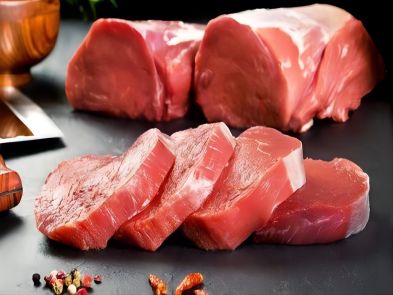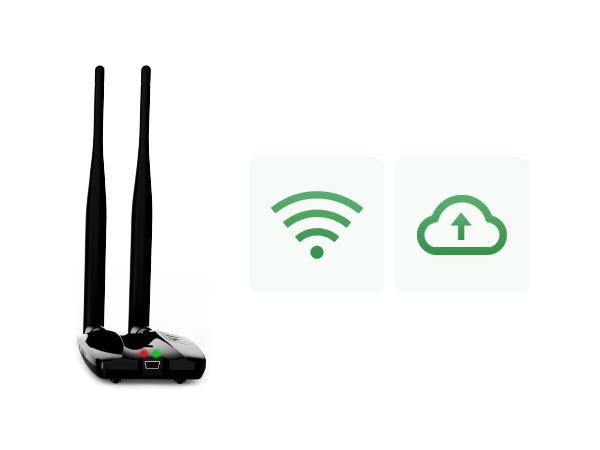For long-distance journeys, whether by road or by any other means of transport, it is essential to place the question of temperature at the heart of all logistics. That's why reefer containers and cold rooms are designed to maintain low temperatures inside.
Meat and poultry need to be kept at temperatures between 2 degrees Celsius and 4 degrees. It all depends on the type of meat. For example, minced meat will keep at 2 degrees, offal at 3 degrees, poultry and meat preparations at 4 degrees. Frozen meat requires a very low temperature, and even a negative one (-18 degrees Celsius).

The humidity of your refrigerated container or cold room will depend on the food you're storing. But as a general rule, a positive cold room is set at around 85% humidity. Fresh meat loses much of its water concentration. The greater the difference between the temperature of the cold room and the meat, the greater the loss of water. So it's vital to ensure that the meat doesn't dehydrate. To achieve this, the humidity in the cold room must be raised a little higher than it is at present. A loss of water in the meat also means a loss of weight, and therefore a loss of merchandise in terms of quantity and quality.

The TagPlus-TH is a reusable temperature and humidity data logger with LCD display for easy visualization of temperature data. In this device, parameters can be set by a professional user prior to use. The complete trip history is recorded and downloaded in the form of numerical reports with summary data, graphs and tables. You can read the report directly on your PC. Temporary mode allows the thermometer to continue operating once users have generated and read the temporary report. It's an ideal choice for monitoring and recording temperature and humidity variations of sensitive products during transport.

 English
English Español
Español Русский
Русский Français
Français Deutsch
Deutsch عربي
عربي 中文
中文



